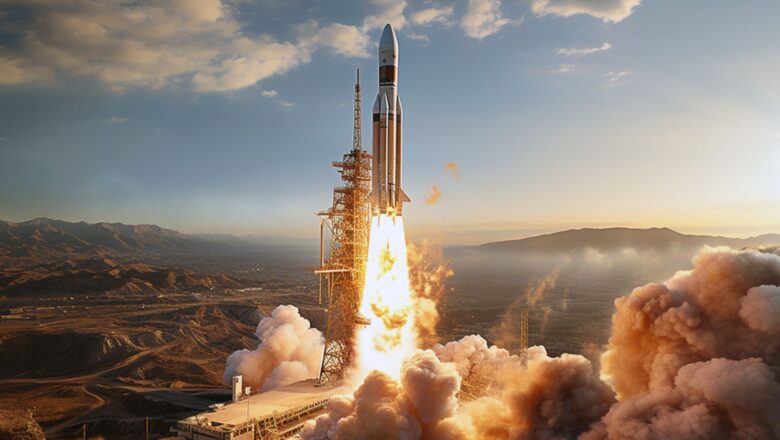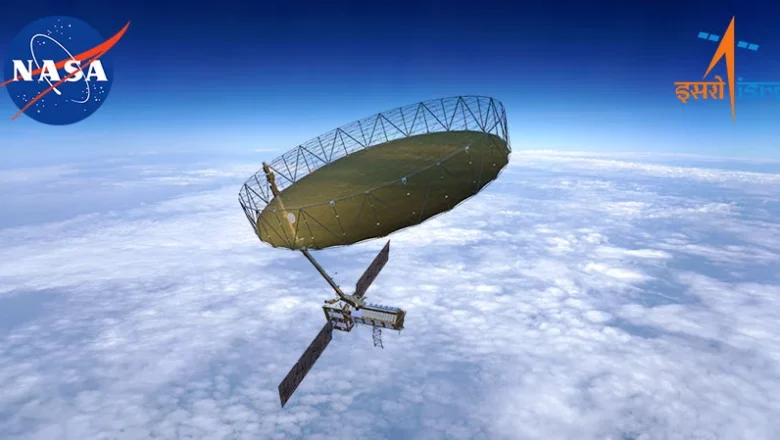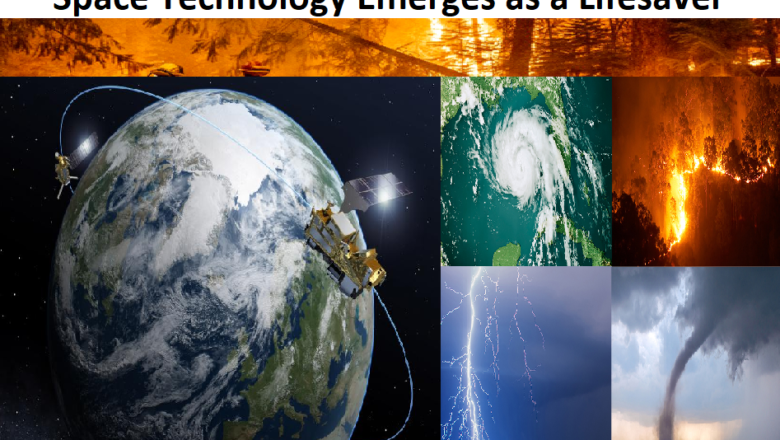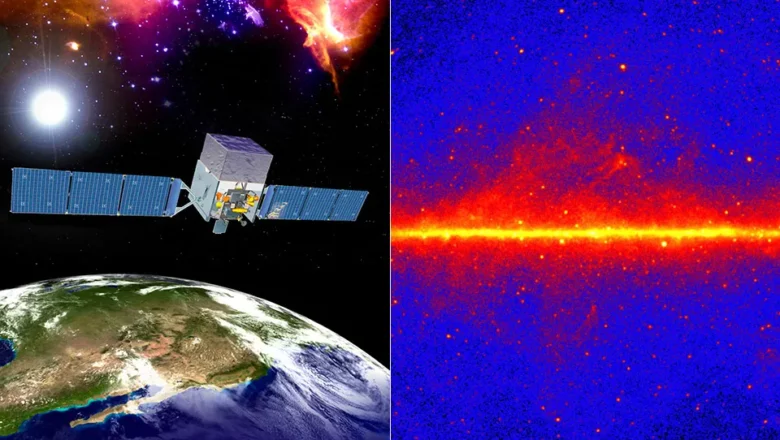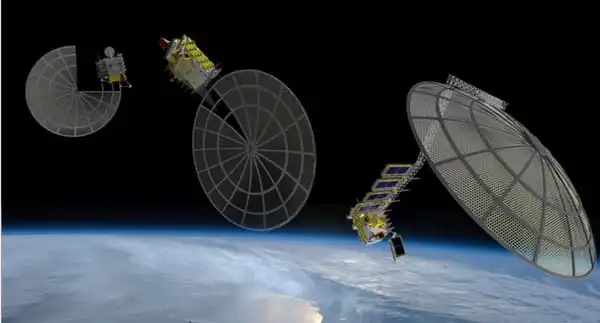
Winter Storm Paralyzes Mid-Atlantic as NOAA Satellites Prove Vital
On January 6, 2025, a ferocious winter storm swept through Washington, D.C., and the Mid-Atlantic region, bringing life to a halt with heavy snowfall, icy winds, and widespread disruptions. As the storm wreaked havoc across states, NOAA's National Environmental Satellite, Data, and Information Service (NESDIS) played a critical role in forecasting and mitigating its impact, proving indispensable in the face of extreme weather.
The storm began its journey across the Central Plains, leaving a trail of heavy snow and plunging temperatures in states like Missouri, Kansas, and Ohio. By the time it reached the Mid-Atlantic, it had gathered strength, blanketing Washington, D.C., Maryland, and Virginia in thick layers of snow. In the nation’s capital, over five inches of snow accumulated by eve...


